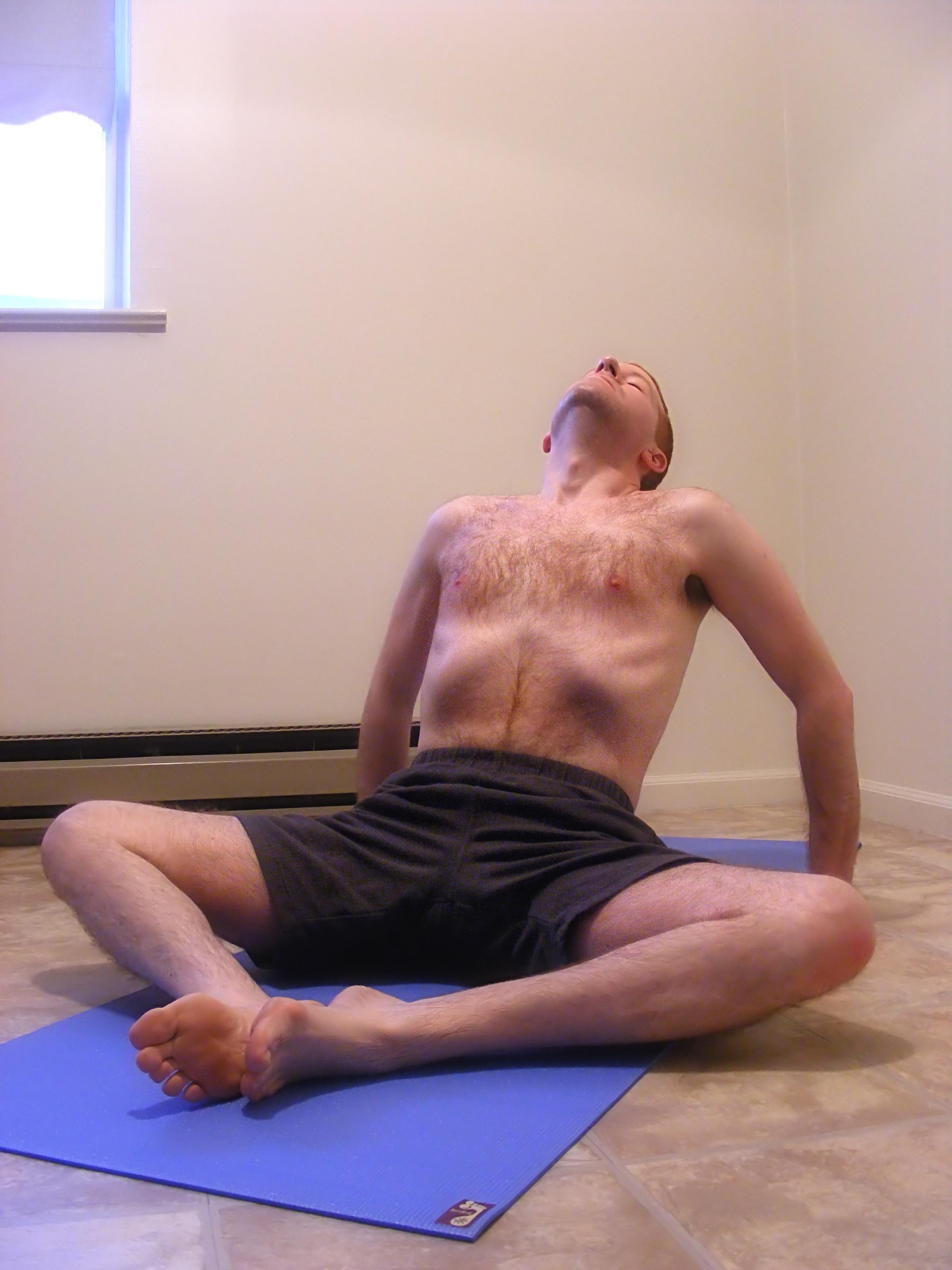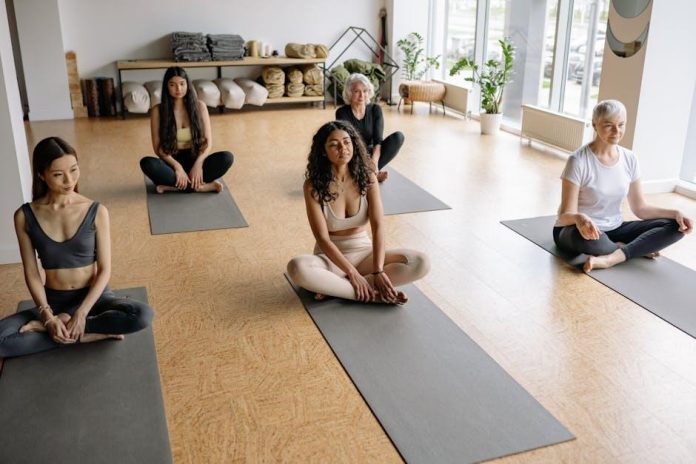In the fast-paced whirlwind of modern life, moments of anxiety can sneak up on us, leaving us feeling unanchored and overwhelmed. It’s in these fleeting yet intense moments that the power of our breath becomes a sanctuary, a tool for reclaiming calm amidst the storm. Imagine being able to harness the simple act of breathing to dissolve anxiety and restore a sense of tranquility, no matter where you are. This article delves into the best breathing exercises designed to reduce anxiety in the moment, offering you practical and accessible techniques to find peace within the chaos. Whether you’re at your desk, in your car, or simply navigating the challenges of daily life, these exercises are your gateway to immediate relief and a steadier, more centered self.
Mastering Deep Breathing Techniques for Instant Calm
When you’re feeling overwhelmed, deep breathing can serve as a powerful tool to regain your sense of calm. Diaphragmatic breathing is a technique that focuses on using your diaphragm, rather than shallow chest breaths, to fill your lungs more completely. This can help activate the body’s relaxation response. To practice this, try the following steps:
- Find a comfortable sitting or lying position.
- Place one hand on your chest and the other on your abdomen.
- Inhale deeply through your nose, allowing your abdomen to rise while your chest remains relatively still.
- Exhale slowly through your mouth, feeling your abdomen fall.
Box breathing, also known as four-square breathing, is another effective technique. This method involves inhaling, holding, exhaling, and holding the breath again, each for a count of four seconds. This can help regulate your nervous system and reduce stress. Follow these steps to practice:
- Inhale through your nose for a count of four.
- Hold your breath for a count of four.
- Exhale through your mouth for a count of four.
- Hold your breath again for a count of four.

Harnessing the Power of Diaphragmatic Breathing
One of the most effective ways to instantly reduce anxiety is through diaphragmatic breathing. This technique involves deep, mindful breaths that engage the diaphragm rather than shallow chest breathing. By practicing this method, you can trigger your body’s relaxation response, lowering your heart rate and calming your mind. Here’s how you can get started:
- Find a comfortable position: Sit or lie down in a quiet place where you won’t be disturbed.
- Place one hand on your chest and the other on your abdomen: This will help you feel the movement of your diaphragm as you breathe.
- Inhale deeply through your nose: Ensure your abdomen rises while your chest remains relatively still.
- Exhale slowly through your mouth: Feel your abdomen fall as you release the breath.
- Repeat for several minutes: Focus on the rhythm of your breathing, allowing any anxious thoughts to drift away.
Practicing diaphragmatic breathing regularly can not only help in moments of acute anxiety but also improve overall respiratory function and emotional well-being over time.

Exploring Box Breathing for Steady Nerves
Box breathing, also known as square breathing, is a simple yet powerful technique designed to bring immediate calm and focus. This method involves inhaling, holding the breath, exhaling, and holding the breath again, each for an equal count, typically four seconds. The consistent rhythm of this practice can help soothe your nerves and anchor your mind in the present moment.
Here’s how to practice box breathing:
- Inhale slowly through your nose for a count of four.
- Hold your breath for a count of four.
- Exhale slowly through your mouth for a count of four.
- Hold your breath again for a count of four.
Repeat this cycle several times, allowing your body and mind to relax with each round. The structured pattern not only helps in reducing anxiety but also enhances concentration and mental clarity.

Progressive Muscle Relaxation: Breath by Breath
Progressive muscle relaxation is a powerful technique that involves tensing and then slowly releasing different muscle groups in the body, combined with mindful breathing. This practice helps to reduce anxiety by promoting physical relaxation and increasing body awareness. Follow these steps to experience the benefits:
- Find a quiet place: Sit or lie down in a comfortable position, ensuring that your body is fully supported.
- Start with your toes: Take a deep breath in and tense the muscles in your toes for about 5 seconds. As you exhale, release the tension completely.
- Move upwards: Progressively move to each muscle group, including your feet, calves, thighs, abdomen, arms, and face. With each breath, tense for 5 seconds and then release.
- Focus on your breathing: Inhale deeply through your nose, hold for a moment, and exhale slowly through your mouth. Visualize the stress melting away with each breath.
This technique not only helps in alleviating immediate anxiety but also trains your body to recognize and counteract stress signals. Practice regularly to develop a deeper connection between your breath and muscle relaxation.





